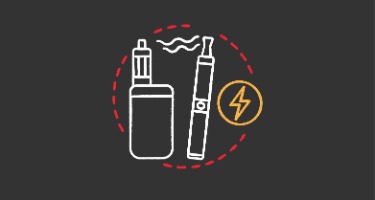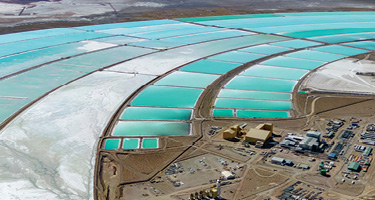During the past few years, a significant uptick in consumer class actions and looming GMO labeling legislation have forced companies to focus most of their food labeling attention on places other than the FDA. In 2016, however, the FDA has taken steps to re-establish its voice as the authority with respect to what can and cannot be said about a food. What follows are a few FDA actions that should be on any food company’s radar.
On May 22, the FDA announced its finalization of a new nutrition facts label. In addition to modifying the format of the panel, the new labeling requirements mandate the inclusion of new nutrition information (e.g., added sugars, vitamin D, and potassium) and change the serving sizes and label requirements for certain packages. The regulations also redefine some nutritional categories, such as what qualifies as “dietary fiber,” as well as the manner in which certain nutrients can be described. Companies will have until July 26, 2018, to update their labels.
Earlier the same month, the FDA announced its intent to re-evaluate its regulation of nutrient content claims, in part due to a citizen opinion filed by Kind LLC regarding the FDA’s requirements for labeling a product as “healthy.” Per FDA regulations, a nutrient content claim is a claim on a food product that directly or by implication characterizes the level of a nutrient in the food, such as "low fat." In the past few years, the FDA has received a lot of scrutiny for its nutrient content claim regulations because, while companies are only permitted to use nutrient content claims that are specifically defined in FDA regulations, the regulations appeared to be inconsistent with current dietary guidelines. For example, under the current system, certain low fat toaster pastries and sugary cereals can be labeled with the nutrient content claim “healthy,” but salmon, nuts, and avocados cannot. The FDA is expected to issue a request for comments on their current regulation of “healthy” and other nutrient content claims later this year—an effort that should be closely monitored by any company that characterizes (or wants to characterize) the level of nutrients in their food products.
Finally, by the end of the year, the FDA is expected to opine on two labeling issues that can have a direct impact on consumer litigation—specifically the use of the terms “evaporated cane juice” and “natural” on food labels. The FDA has stated that it “is actively working on a final guidance” to address the question of whether evaporated cane juice is a common and usual name for sugar and anticipates that the final guidance will be issued before the end of 2016. The FDA formally closed the docket on its November 2015 request for comment regarding the use of “natural” on food labels on May 10 and could take action related to “natural” this year as well.
Taken together, these actions serve as a reminder of the importance of the “food” in “Food & Drug Administration.”
__________________________________
Note: The images above are meant for illustrative purposes to show how the new Nutrition Facts label might look compared to the old label. Both labels represent fictional products. When the original hypothetical label was developed in 2014 (the image on the left-hand side), added sugars was not yet proposed, so the “original” label shows 1g of sugar as an example. The image created for the “new” label (shown on the right-hand side) lists 12g total sugar and 10g added sugar to give an example of how added sugars would be broken out with a % Daily Value. (www.fda.gov)
This article was submitted prior to the FDA issuing its final Guidance for Industry: Ingredients Declared as Evaporated Cane Juice on May 25, 2016.



















